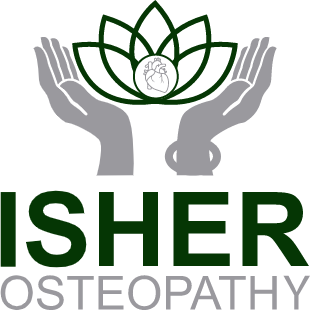Your osteopath will begin by gathering details about your symptoms, general health and medical history. They will then carry out physical examinations including any necessary medical tests, observe your posture and observe simple movements to help assess how your body is functioning.
The osteopathic consultation may include orthopaedic, neurological and other system examinations to help assessment and diagnosis, ensuring your suitability for osteopathic treatment. If necessary, your osteopath may refer for other tests, such as X-rays, scans or blood tests, or to other health care providers.
The treatment is then tailored to meet individual conditions and needs of all patients and may include any of the following:
Treatment Techniques
-
Soft tissue massage
-
Manipulation – also known as the typical “crack” or “click”
-
Mobilisation
-
Stretching
-
Release techniques to your muscles, tendons and ligaments
-
Cranio-sacral therapy
-
Visceral techniques – treatment for organs
-
Cupping
- Kinesiology taping
